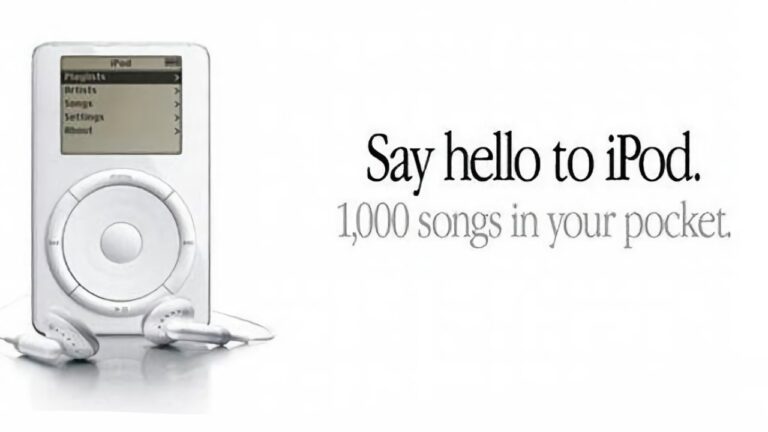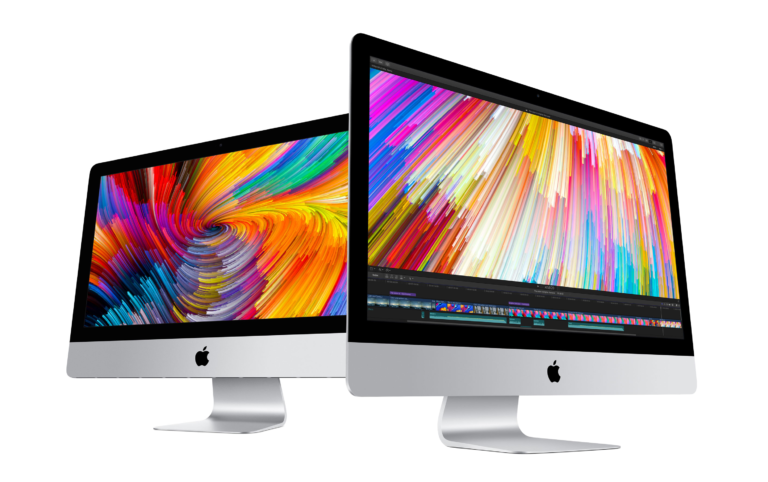Recently several family members and friends have talked about losing some of their data from either their phone or their computer. It today’s age, we put so much of our lives on these devices such as our contacts, notes, photos, music, videos, documents and so much more. We practically have our entire lives on these things but what happens when our computer or phone is lost or stolen? Do we lose everything? Many times the answer is yes we do, but it shouldn’t have to be this way. Backups are important because if we backup our devices we should be able to just get a new replacement device and continue where we left off.
Dealing with words, “Make a backup”, can be overwhelming as there are so many different things we can do. Where do we start? What are my options? What should we do?
I hope to bring a little clarity here.
Reason to backup:
What words will you be repeating when you lose 4 months of photos or invaluable notes from your phone? What will you say when you lose all your data from your laptop when it was stolen from the local coffee shop or from your car?
Most people know you should have a recent backup but are often too busy to set it up because you don’t really need one, right? That is, until you do. It just takes a few seconds to lose, drop a device or have one stolen and then, “poof”, your data is gone for good. Backup. When a device goes bad, you want to be relaxed and not be panicking because you’ve lost all your data.
Hopefully, by now you know why you need to be backing up your data.
Types of backups:
A backup is at least one copy of your data from your device, such as a phone or computer. In the event your device has gone (damaged, lost or stolen), you can easily recover your data and start again as if nothing bad had ever happened.
There are different types of backups: local; online; and off-site (offline).
Local backup
A local backup is when you backup your data to a storage device (computer or hard drive) that you have at your home. You typically will be connecting your device physically to the storage device to copy your data to it. If you have a computer this could be a straight copy to the hard drive or using some form of backup software to automatically back up your data to an external hard drive. An iOS device would be backed up locally to your Mac.
Pros:
It’s fast because you connect directly to the storage device. It’s always under your control. No one else has access to your drive.
Cons:
In the event your computer and local backup are stolen or lost in some other disaster (such as an earthquake or fire), you may be left without any backups.
Online backup
An online backup is typically when your data is uploaded to a service and is stored on their servers.
Pros:
If something happens the physical location of your device you can recover your data online. Depending on the service you use, you can get access to your data when you are away from home.
Cons:
You are no longer in complete control of your data and relying on a third party service to keep your data safe (some services allow encryption of your data) and accessible. The backup relies on your internet connection so the faster your upload speed the faster your backup. This can often take days to do the initial backup and if you commonly deal with large files it could take a long time to upload throughout.
Off-site (offline) backup
An off-site (offline) backup is in the middle of a local and online backup. You make a local backup of your device and you physically take it off-site to be stored elsewhere, such as a bank safety deposit box or a friend or family’s house.
Pros:
You remain in control of your data and only those you trust get physical access to your data. If a normal local and online backup fail for whatever reason, you do have a copy of your data.
Cons:
More work on your part as you have to make the backup and take it to be stored. It’s not always up to date. Depending on how often you make these copies, it could lose a week or months of files in between making the off-site backups.
Backing up your Mac:
(Disclaimer: I’m not liable for any loss, damage, security breaches or anything by using any of these companies or solutions or for hardware or software issues. This article is to provide information but I can not guarantee following these guidelines will 100% provide data recovery. This is only a guide, but I’m not responsible.)
Creating a local backup
On the Mac you can use Apple’s built-in backup solution Time Machine. This makes it very easy to make a backup. Buy an external hard drive that is larger than your current hard drive, connect it and your Mac will ask if you want to make it a Time Machine backup. Once you say yes, it’ll be your backup. You can find out more about Time Machine from Apple’s web site. One thing to remember with Time Machine is that you must have the external hard drive connected to your Mac in order for it to backup. If you work on a laptop that isn’t always connected then make sure you connect your hard drive at least daily to get a daily backup. Apple does have some other solutions for Time Machine that will allow you to make backups over the network using their Apple Time Capsule that is a WiFi Router with an internal hard drive. This is great for a quick wireless solution for backups. There are a few other options for making Time Machine work over the network but it’s way beyond this article so please check Apple’s web site for Time Machine solutions.
Creating an online backup
I would take a look at Crashplan, Carbonite, or BackBlaze. Each come with different plan options depending on what you need. Crash plan tends to give more options but can take a little more to setup whereas Carbonite and Backblaze provides a quick installation and basic online backup – each with pros and cons so check their web sites to see what they have to offer and chose what you feel comfortable with. Set it up and get familiar with their options and what to do if you need to recover your data from them.
Creating an off-site (offline) backup
Grab an external hard drive that is large enough to store all your data and then make a copy of it. Maybe copy your Home Directory from your Mac, or use software such a Carbon Copy Cloner ($40) to clone a hard drive. Once you have the data you want to backup, take your hard drive somewhere: your safety deposit box; a family or friend’s house; or wherever you feel comfortable storing your data. Schedule a routine to update this drive. You could pick up the drive, come home make a copy and drop it off. Or perhaps, if you have two drives you cycle through the drives by keeping one at home and the other at the off-site location. Then make a backup with the drive at home and swap the drives. That way you’ll always have at least one off-site backup and not in a situation where the off-site backup goes bad while you are making the backup.
Your Mac is now backed up
That should cover backing up your Mac. If you were to do all three options you should be well covered. Of course, remember to store encryption keys, and other important data related to your backup in a safe place so you can gain access to your backup if you need it.
Backing up your iOS device (iPhone, iPad, etc)
Mobile devices are similar to your computer and can be backed up in numerous ways.
Local backup
A local backup into iTunes is the traditional way to make a backup of your iOS device. You physically connect a cable to your device and to the computer and go into iTunes and backup. One thing many people don’t realize is you can actually set the device to sync (backup) over the network too. When you have your iOS device connected, look at the Summary page for the device and under options there’s a “Sync this iPhone over Wi-Fi”. Check that, “Apply” and “Sync”. Now as long as your computer is on with iTunes open when you connect your iOS device to the power for charging at night it should automatically backup. (I’ve found this to be a little hit-and-miss so make sure it is backing up.)
By backing up locally, you now have a copy of your iOS device on your computer. If you setup your Mac to backup as described above, your iOS device backup will actually be backed up as part of the computer backup too. So if your iOS device and Mac were lost, you should be able to recover the Mac data and then recover the iOS data by doing a restore via iTunes. (Restore your device from an iCloud or iTunes backup.)
iCloud backup
iCloud backups is a feature Apple added a while ago to make it easier for people to have a backup of their phone without the need to have a computer with iTunes. This is definitely a much more convenient option to have a backup of your iOS device.
It does have a few drawbacks though. You’ll have to pay for more iCloud storage to do the backups. It also means Apple will have an encrypted version of your iOS device. So you are trusting Apple to store your backup. There have been a few security issues with this over the years, perhaps not so much as directly with Apple but once someone knows your Apple ID they could gain access to your backups. This has happened to some celebrities and Apple has put a lot more notifications in place so you are aware when someone is accessing your account and from where. Like with all online solutions there’s always a chance someone will try to hack your account. That is just the nature of the web we live in today. Apple’s solutions are typically a lot more secure than any other ones out there but as a disclaimer you are trusting them with your data.
It is however, very convenient to have an iCloud backup. If you needed a replacement phone and you had no access to the broken phone, then you could get a brand new phone, setup your iCloud on the phone and restore it putting everything back as it was the last time it was backed up. Super convenient. Of course, if you have a local backup you would connect to your computer and iTunes and do the same restore.
iCloud Services
Outside of the iCloud backup (which makes a complete copy of your device and stores it), iCloud offers numerous services that sync your data across your devices. These are very, very convenient to have turned on because your data (for those services such as Contacts, Notes, Safari [bookmarks], and other settings) will automatically sync across your iOS devices and your Mac. Although this isn’t a backup solution directly, in the case your phone breaks at least this information is stored elsewhere so when you log into a new phone with iCloud the data will be synced back, even if you haven’t made a full backup in months.
Concluding…
I can not say this enough, back up your data. We all think it won’t happen to us until that one day it does. We’ll be cursing ourselves and wishing we had setup a backup or had done them more frequently. It can be very confusing how to backup because there are just so many devices and different ways to do it. We could easily have a local backup and one day something happens to those and we wish we had an online backup as well. There have been cases where both the local and online backups fail and someone has to resort to a slightly out of date off-site backup. Cover your bases and hope you’ll never have to use them. But if you do, I’m sure you’ll be glad you did spend the time to do so.
Good luck!


